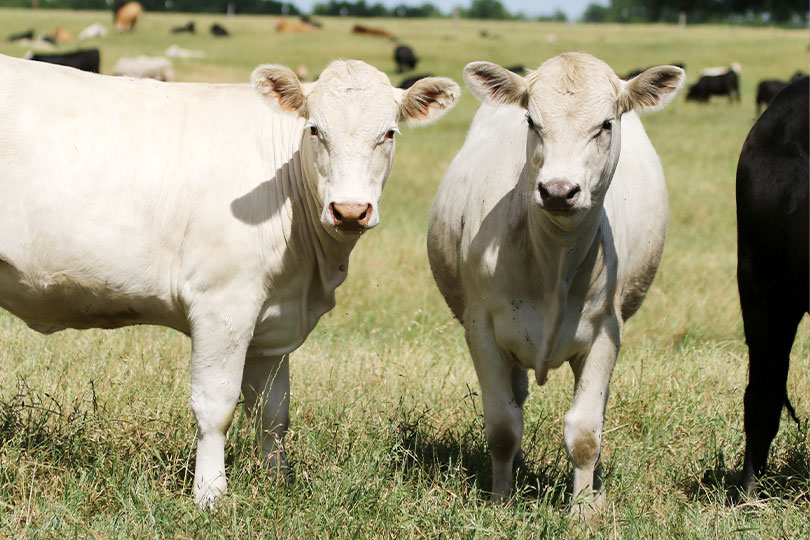Cattle ranchers should have a better year than 2021, according to multiple agricultural economists and market analysts.
Continued high demand for beef, strong export markets and tightened supply pushed cattle prices higher in the last weeks of 2021, and those trends are expected to continue.
“Demand for beef, both domestically and in our exports markets, was strong throughout 2021 and will continue,” John Nalivka of Sterling Marketing in Oregon told Drovers. “With declining cattle numbers, we’re seeing things fall into place for better cattle markets the next couple of years.”
Lingering drought in the Midwest and western half of the U.S. last year led many ranchers to liquidate their herds. Nalivka said low prices also contributed to selloffs, increasing beef slaughter numbers last year.
The cycle is similar to what occurred in 2011 when Texas and other southwestern states experienced a severe multiyear drought.
“We saw the highest beef cow slaughter last year since the drought year of 2011,” he said. “From 2011 to 2013, the drought, beginning in the Southwest and moving to the Midwest, pushed the beef cow herd numbers in 2014 to its lowest point since 1952.”
Dairy cow slaughter was up 3% in 2021, bringing total cow slaughter to its highest point since 1996. Sterling Marketing projected the 2022 beef cattle inventory to come in at about 30.2 million head, or roughly 1 million head less than 2021.
“The higher beef cow and heifer slaughter numbers that we saw in 2021 mean reduced cattle numbers for 2022 and likely through 2024 are evident,” Nalivka says. My forecast for the January 1 total cattle inventory is 91.25 million, down 2% from the beginning of 2021, the lowest since 2015, and 475,000 more than the beginning 2012 cattle herd.”
Reducing breeding herds will reduce cattle slaughter this year, too. Nalivka noted total slaughter should contract slightly by about 2% in 2022, and carcass weights should be down as fed cattle numbers decline to create an overall beef production drop of 3%.
Declining production will keep prices stronger, he added.
“Even if demand weakens somewhat, prices across the beef complex including fed cattle, feeders and calves–will post notable gains during 2022,” he said. “That is further supported by global beef demand.”

